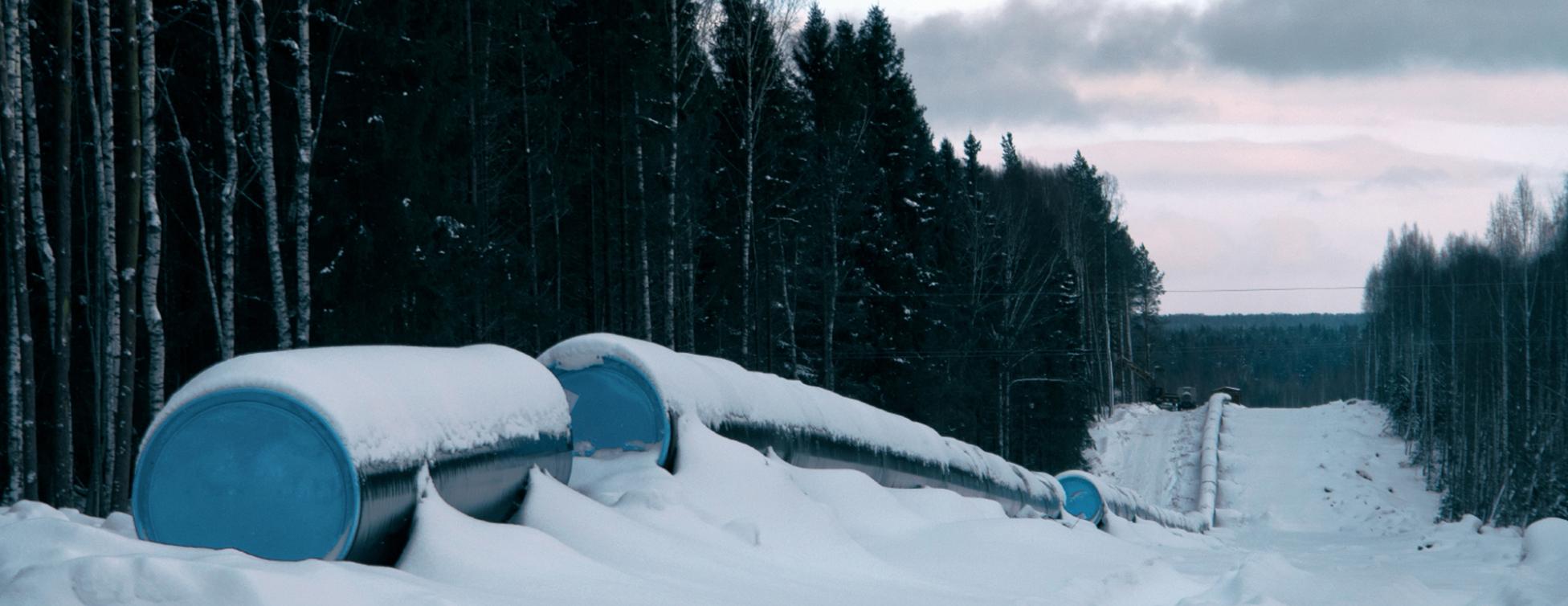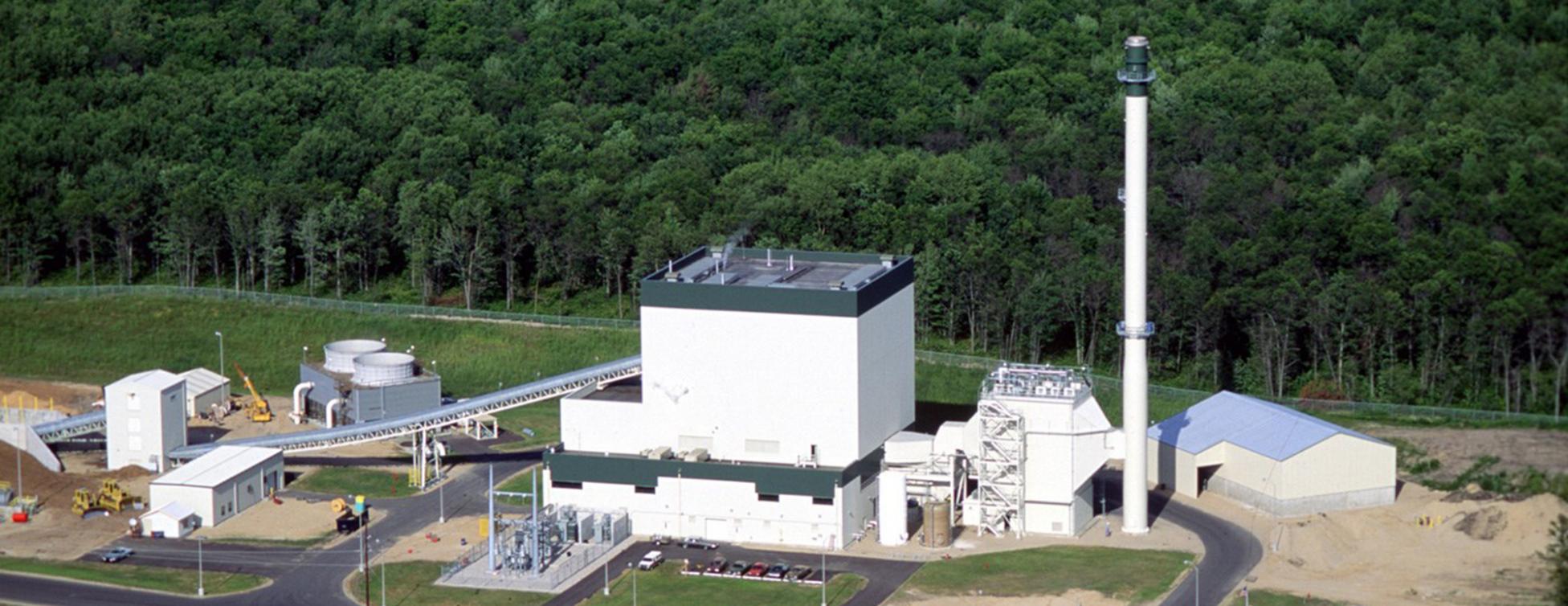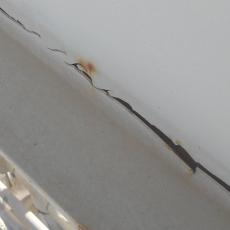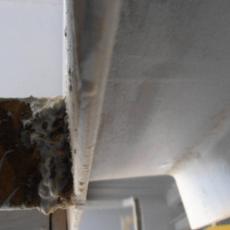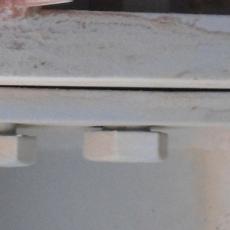December 2017
Coatings Delamination
EPC Contract indicated “the project site is subjected to moist and heavily polluted salt laden air”…
While the contractor took precautions to properly specify the coating systems, the surface prep and coatings application was flawed anyway. Normally, an effective shop (or field) inspection program will catch the problem early and be resolved in favor an effective coating process. In this facility, there was extensive evidence that either no QC program existed, or the inspector(s) were compromised.
After 18 months in operation, the coatings appear 15 years old. To varying degrees, most of the structural steel coating systems in the subject plant are in a progressive state of failure with the substrates rapidly and increasingly unprotected.
It was determined much of the steel coatings suffer from varying failure mechanisms. However, this photo is an example of improper surface prep (NACE/SSPC) and inconsistent dry film thickness, often with a top-coat greatly exceeding manufacturers requirements.
Minimal to no cost savings. Some time may have been saved if rework in the shops had been required.
Owner: Coating system will need an aggressive repair program as opposed to the anticipated touch-ups. Magnitude large but unknown.
General Welding
In a completed facility inspected by EPR, there was a noticeable level of unacceptable general welding. As a frame of reference, this plant was purchased to be built by an experienced contractor to western standards (AWS) in a location where suitable labor was available.
During the initial stages of the review, it became clear that some workmanship lapses were so pervasive that a plant-wide cataloging of the defects was impractical. Therefore, a detailed review was conducted on one power train to determine a representative condition of the whole plant related to general welding.
171 welds on pipe supports, electrical cable tray/conduit supports, and gallery steel were evaluated per the visual acceptance criteria standards of AWS D1.1, Sections 5 and 6. 20 (twenty) were found to meet the most basic “stand-back” visual acceptance criteria of the AWS D1.1. Effectively, at least 89% of the welds did not meet the AWS visual acceptance criteria, and many (most) failed with multiple defects. Keep in mind this investigation did not get into real detail with the use of Cambridge or fillet... Read more
Clearly some money was saved, but it could not have been significant.
Owner: Could be as little as occasional maintenance labor for failed items, or significant when important failures occur costing operating hours/days.
HRSG Bolting
Large (HRSG) equipment erection is about attention to detail, but not overly complex. However, the structural and thermally cyclical nature of these units demands that proper methods and OEM instructions be observed.
In this case, a large new plant with 12 units was inspected one year after COD by EPR. There were so many deficiencies it is clear proper procedures were not followed. For high-strength bolting (ASTM A325/A490) proper pre-tension testing must occur, in addition to proper substrate alignment, thread engagement, and other details. The pertinent requirements, in addition to being code stipulated, were cascaded with clarity in the Contractor’s own specs and procedures, so they should have been followed and QC verified.
For both slip-critical and direct-tension applications bolting was observed to be missing, loose, installed in flame-cut holes, loose plies, and a variety of concerning problems. Over time, this condition will worsen and result in two safety concerns; falling fasteners, and unsafe structures.
Minimal. It takes no more time to pretention bolting by the iron worker. Further, QC checks should have been performed.
Owner: Safety and outage concern. Repairs need to be affected. EPCC: ~$25,000 per unit for equipment, new bolting, and man-lifts.



